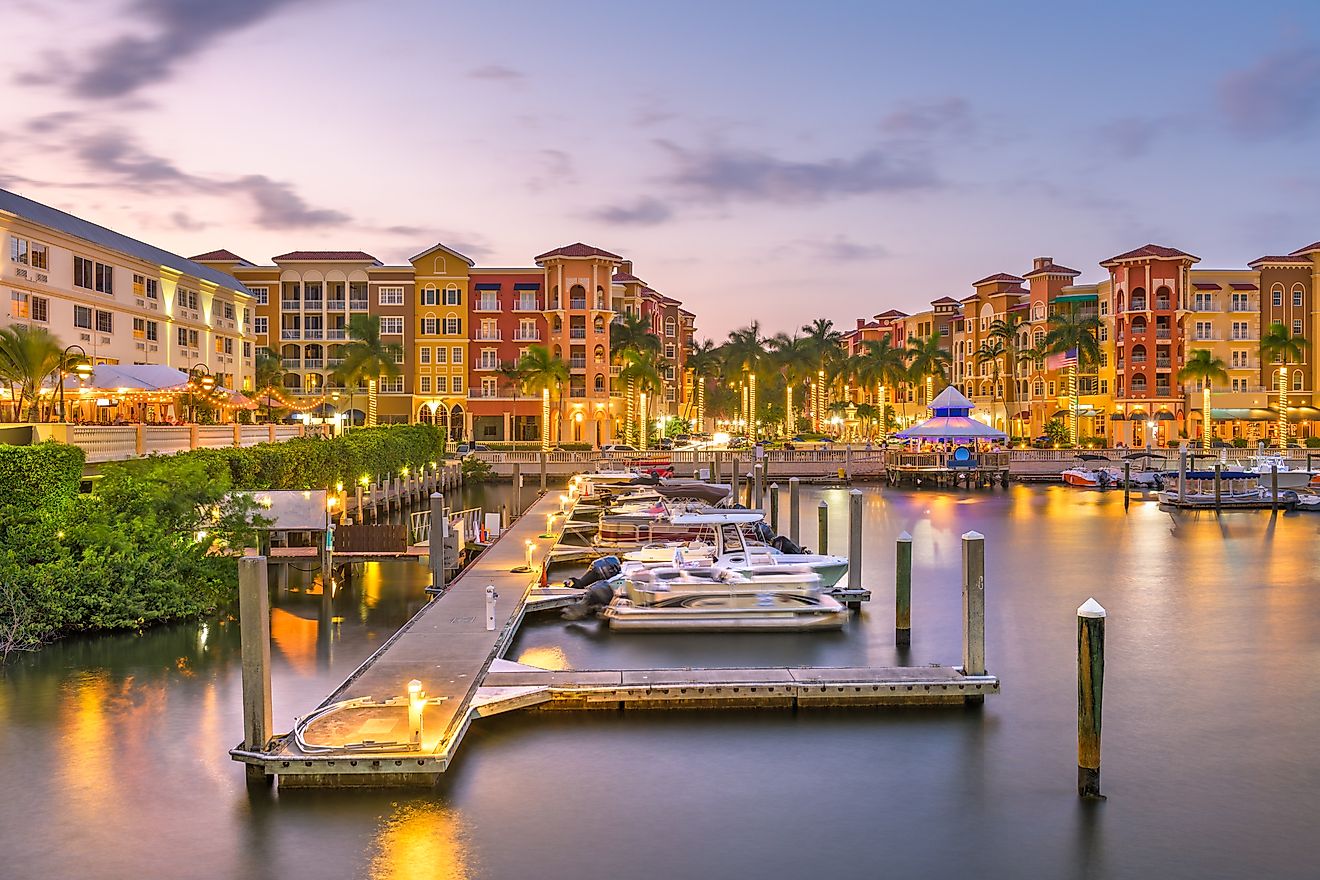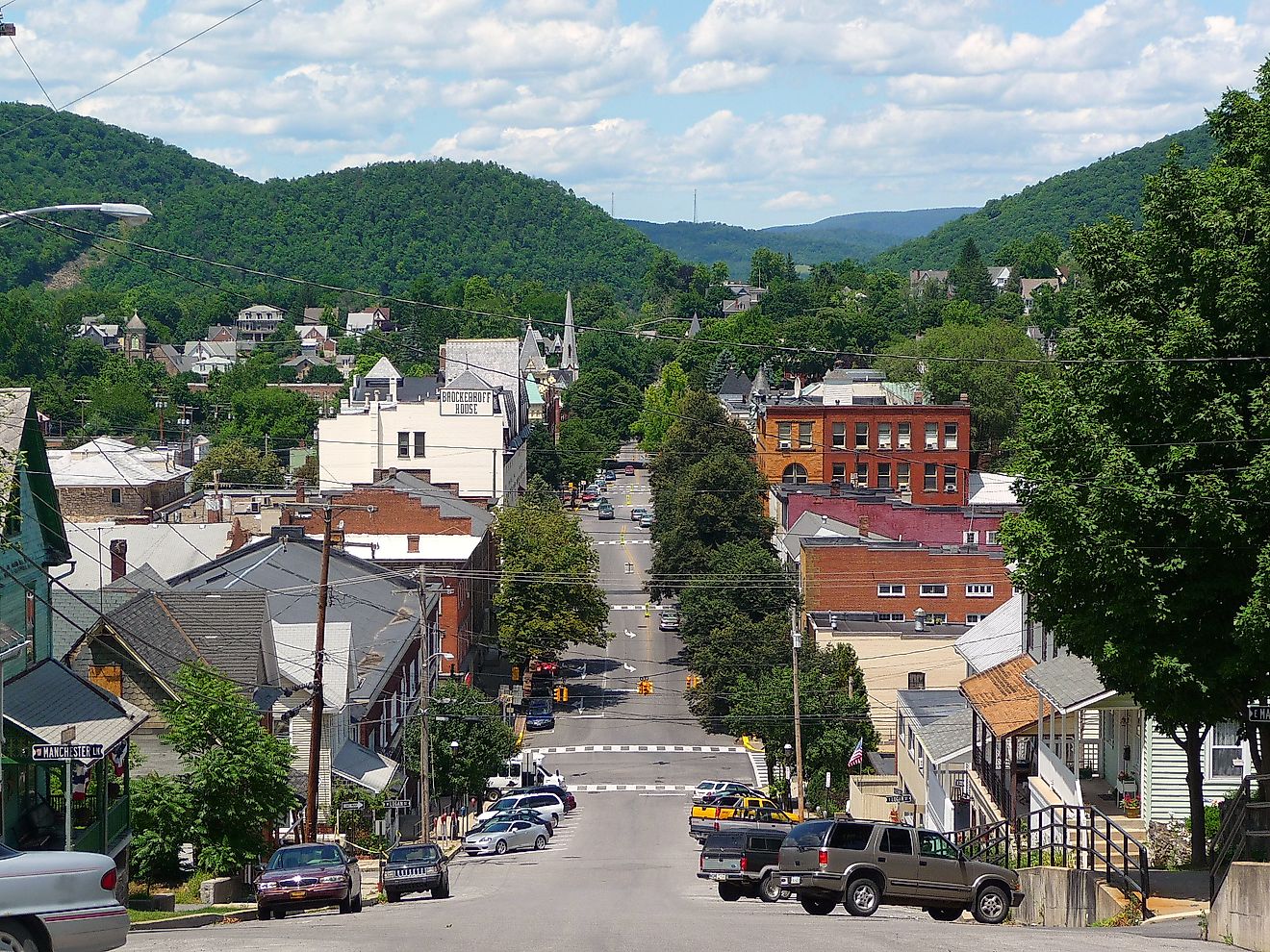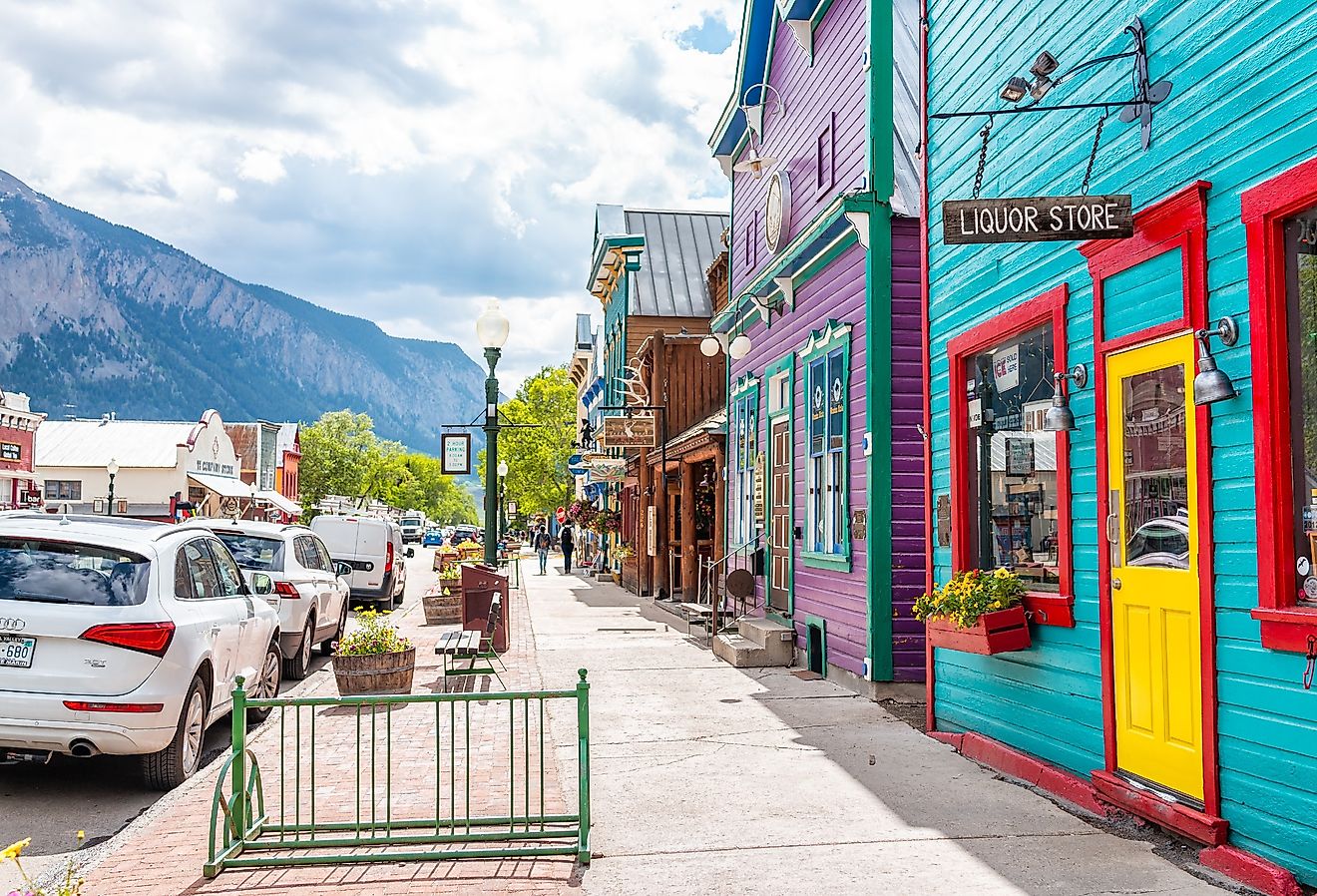
Friday Harbor, Washington
Friday Harbor is a town in the US state of Washington. It is located on the island of San Juan, one of the islands in an archipelago known as the San Juan Islands. These islands are situated off the mainland coast of Washington. Europeans first explored the islands in the 18th century. The first European settlers came to the archipelago in the mid-19th century. Friday Harbor itself was founded in the first decade of the 20th century. Whereas the town and the island of San Juan relied on farming and fishing for economic sustenance in the past, tourism is now the most prevalent industry. There are numerous historical and natural attractions in Friday Harbor and the rest of San Juan Island.
Geography Of Friday Harbor

Friday Harbor is located on the eastern side of San Juan Island facing the San Juan Channel. An island called Brown Island is situated inside the city’s harbor. There are no other significant population centers on the island of San Juan, though Friday Harbor’s city limits include the area surrounding Trout Lake to the west, close to the western coast of the island, as the lake is the city’s source of freshwater. Friday Harbor is mainly connected to the mainland by ferry via Washington State Ferries. There is also a seaplane base in the city, offering daily floatplane service to the mainland. The city’s total area is 5.59 sq. km.
Population Of Friday Harbor
Friday Harbor has a total population of 2,740. Around 88% of the city’s residents are white, of which 80.2% are non-Hispanic, and 7.83% are Hispanic. Other residents of Hispanic origin make up 4.74% of Friday Harbor’s population, while people of mixed racial heritage comprise 2.8%, Asians 1.69%, and African Americans 1.24%. Almost 90% of the city’s residents speak only English, while 7.4% speak Spanish. The overwhelming majority of the people of Friday Harbor, nearly 90%, were born in the United States, while 35.49% were born in the city itself.
Economy Of Friday Harbor
The average household income in Friday Harbor is $72,113, the poverty rate is 13.81%, and the unemployment rate is 3.3%. Up until the 1970s, fishing and farming were the mainstays of the economy in San Juan County, of which Friday Harbor is part. Today, however, the leading economic sectors of the county’s economy are leisure and hospitality. These sectors employ more than a quarter of the county’s entire workforce. Other significant industries include trade, transportation, & utilities, government, construction, and education & health services. Since the economy in Friday Harbor is highly dependent on tourism, employment in the city is often seasonal.
History Of Friday Harbor

The San Juan Islands were originally inhabited by Native Americans of the Salish and Lummi nations, who called the islands home for thousands of years. The first Europeans to explore the islands were British and Spanish navigators, who explored the islands in the early 18th century. In the years 1790 to 1792, an expedition led by Spain’s Francisco de Eliza surveyed the islands and gave the name San Juan to the archipelago. The British Hudson’s Bay Company established the first settlements on the island in the 1850s.
In the mid-19th century, the San Juan Islands were the subject of a border dispute between the United States and British-controlled Canada. In 1859, a brief war known as the Pig War broke out between the two sides, culminating in a 13-year effort to resolve the dispute over the islands. The San Juan Islands were ultimately given to the Americans in 1872. One year later, San Juan County was established as part of Washington Territory.
The town of Friday Harbor itself was named after Joseph Poalie Friday, a native Hawaiian who moved to San Juan Island to raise and herd sheep around the city’s present-day harbor. When San Juan County was formed in 1873, Friday Harbor was made the county seat. By 1900, Friday Harbor was a busy seaport with a prosperous commercial center and three or four hundred residents. The town consisted of five general stores, a bank, US Customs, a printing and stationery store, a weekly newspaper, drugstore, jewelry store, theatre, livery stable, milliner, blacksmith, barber, three hotels, three saloons, a grade school, the Odd Fellows Hall, a sawmill, a creamery, a large salmon cannery, and encircling the town, a ring of residential neighborhoods, as well as small farms and orchards. In the harbor, large wharves and warehouses accommodated the steamships of what was called the Puget Sound Mosquito Fleet, which visited the harbor regularly, hauling passengers, mail, and freight, which included products like fruit, eggs, cream, grain, peas, poultry, salmon, and timber. Friday Harbor was officially incorporated in 1909.
In 1912, construction began on a dam at Trout Lake and a pipeline to bring fresh water into the town. This was done following a declaration by the town’s leaders that their community’s future prosperity depended on establishing good water and sewage system. But this system never materialized. As a result, over the next 30 years, Friday Harbor’s traditional industries collapsed. Again, efforts were made to improve the town’s water system in the 1950s. Since then, the water system has been steadily updated to meet the demands of a growing population. Nevertheless, a lack of freshwater is still a problem in Friday Harbor, and residents are continually told to conserve water as much as possible.
Attractions In And Around Friday Harbor
Attractions in and around Friday Harbor include two museums. One is the San Juan Historical Museum, in which visitors can learn about the history and heritage of the town and the island. The museum grounds include historical buildings such as an old but restored farmhouse and the town’s original county jail. A barn on the grounds of the museum is being converted to house a new museum: The Museum of History and Industry. The other museum in Friday Harbor is the Whale Museum, which, as its name implies, is dedicated to educating visitors about whales. The museum even runs a hotline that people can call to report whale sightings.

Friday Harbor and San Juan Island also feature breathtaking scenery that attracts many tourists. The island constitutes a beautiful outdoor playground. One of the ways that visitors can explore the island is to use its trail system. There are nature trails throughout the island, some of which are located in the island’s parks, including San Juan Island National Historic Park, Lime Kiln Point State Park, and San Juan County Park.











